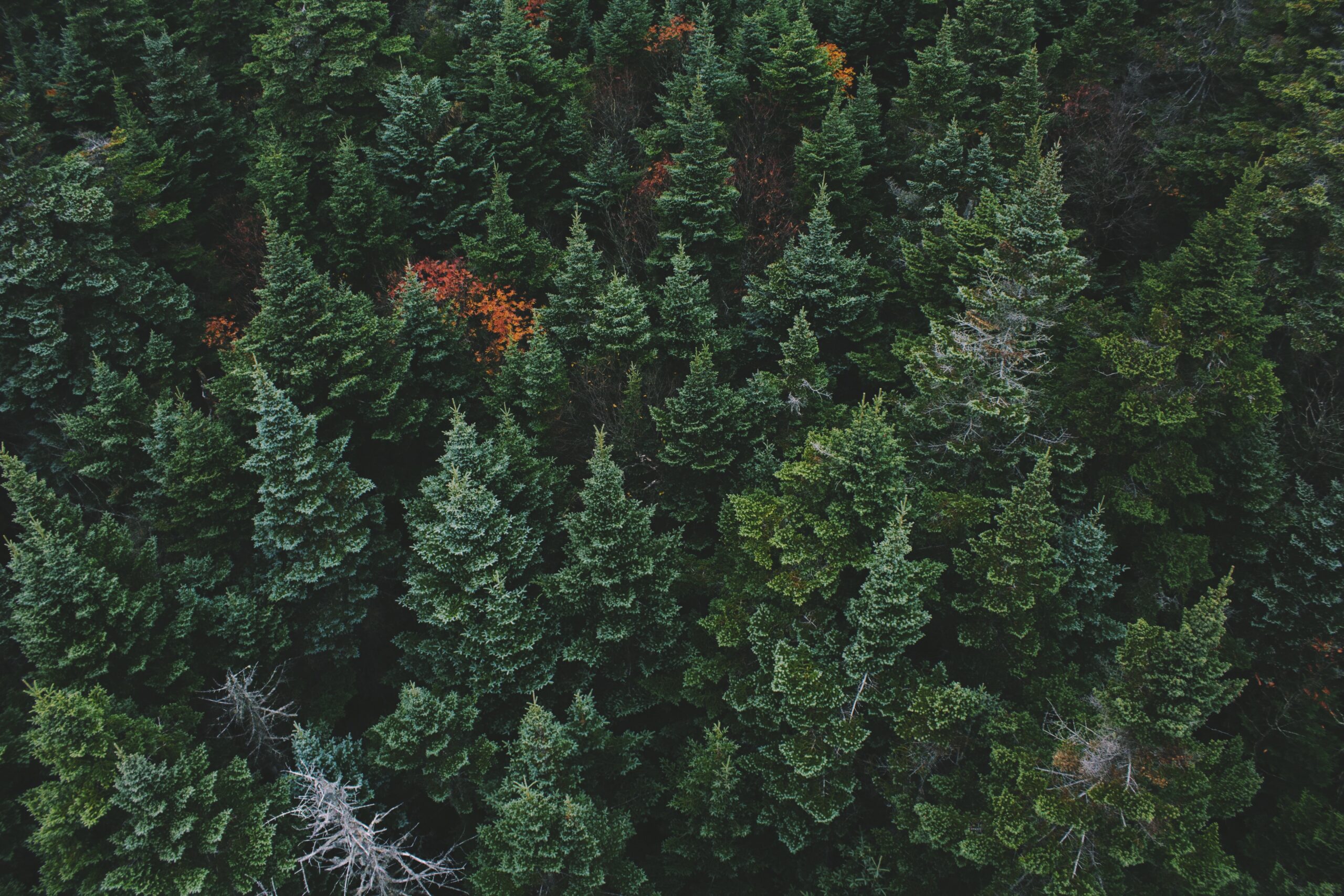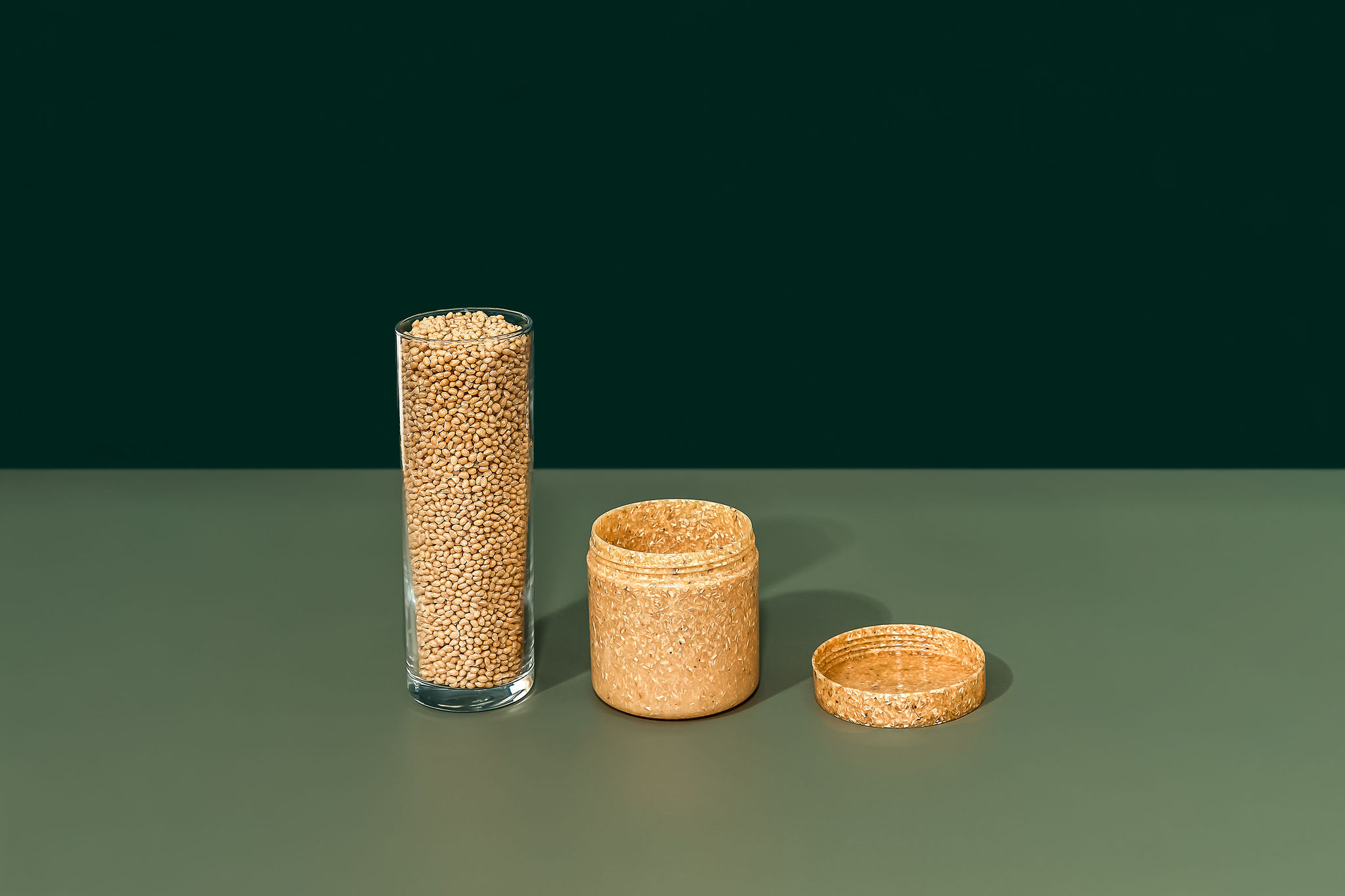See the wood for the trees – all about plastic alternative material Sulapac’s main ingredient
Walk through the Nordic Forest where our main ingredient originates from, look beyond the trees. This is your chance to deep dive into Sulapac’s raw materials and to learn more about our sustainability policy.

Recycled and responsible wood
We often get questions about Sulapac’s recipes, and whilst we cannot disclose all details for confidentiality reasons related to our plastic alternative innovations, we want to shed light on and share fascinating insights regarding our main ingredient.
Our wood originates from non-controversially harvested Nordic forests. We aim to source the material locally, minimizing transportation and supporting local communities. Also, we use wood from FSC-certified forests for selected recipes. * Most importantly, our wood is always a by-product that comes from responsible forest industry companies, ensuring that we are not contributing to deforestation.
* Sulapac FSC-certification number FSC-C158142

Typically, the side stream wood chips and dust end up being burned for energy. Hence, by using this wood waste in our materials, we extend their lifetime and keep the carbon sequestrated in the products, meaning there is less CO2 released and the carbon cycle is longer. This way logs are utilized to the fullest.

Wood is a recognizable characteristic of Sulapac materials. We use different sizes of wood particles, which give products a unique look and feel. In addition to trademark and patent protection, as part of our IPR strategy, we have registered certain designs within the European Union (RCD, registered community designs) to protect the appearance of products made with Sulapac. Community Design (RCD) protect the appearance of a product, i.e., its shape, patterns and colors and is registered in the EUIPO’s database (005314069-0001 / -0007). However, some brands prefer a smooth surface and a silk or matt finish, and that is possible to produce too.

Certified to meet the highest criteria
To ensure high quality, raw material integrity is essential. We only work with suppliers that pass our thorough supplier and raw materials approval process. We prefer to work with ISO 9001 certified companies, but if ISO 9001 is out of their reach, we confirm that our quality requirements can be verified and met though alternative arrangements. Sulapac has been ISO 9001 certified since 2018 and ISO 14001 certified since 2020. Sulapac has also a code of conduct that we require our partners and suppliers to comply with. Every step of the value chain, from raw material sourcing to end-of-life, is carefully considered from sustainability point of view.

Always in harmony with nature
Littering is never ok, but we have made sure that if for some unfortunate reason a product made of Sulapac material would end up in nature it wouldn’t leave permanent microplastics behind. Our material is not considered harmful to aquatic organisms nor to cause long-term adverse effects in the environment. Sulapac always remains in harmony with nature, unlike fossil-based plastics that leave additional CO2 to the atmosphere when burned with energy waste. As trees, our main raw materials absorb CO2 when they grow. Sulapac biodegrades into CO2, water and biomass in a similar timeframe as wood in nature, also in open environments and anaerobic conditions, without leaving permanent microplastics behind. *
* Biodegradation of 48%–59% in 280 days in marine environment (30°C, ASTM D6691). Tested according to ASTM 5511 (accelerated biodegradation in landfill, 37°C): 68% relative biodegradation in 160 days reached for Sulapac Universal.
Get to know Sulapac’s beautiful, functional and sustainable materials.